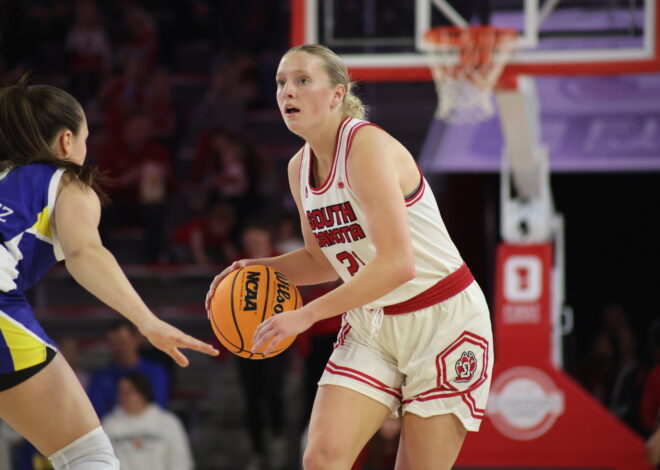
COLUMN: Cost of attendance scholarships changes college sports across the nation
The wheels of big business college sports are churning and we’re moving into a new era of how student-athletes are treated across the country.
This January, the schools in the “power five” conferences of the NCAA – the SEC, Big Ten, Big 12, Pac 10 and ACC – voted 79-1 in favor of providing scholarships that will cover the full cost of attendance for their student-athletes.
This means student-athletes will receive a stipend that goes beyond the usual parameters of their scholarships. A normal full athletic scholarship covers room, board, tuition and sometimes books. Now, student-athletes receiving full cost of attendance scholarships will receive additional cash for academic-related supplies, transportation and other personal incidentals.
According to foxsports.com the average cost of attendance per student athlete in the United States, is approximately $3,500 for fall and winter semesters. This went into effect to start the 2015-2016 school year with the only dissenting vote in the power five conferences being Boston College.
Their reasoning behind voting against the added stipend is that covering cost of attendance would “further segregate” student-athletes from the general student population when there really is no need to do so.
But now, fast forward from January to this summer. Cost of attendance stipends are no longer exclusively for power five conference schools.
Our very own USD athletic department will begin providing full cost of attendance scholarships beginning in 2016-17. That’s for every full-scholarship student-athlete wearing Coyote red, at an estimated $4,145 per scholarship.
The move sets up USD with a strong appeal to potential recruits, but the move hasn’t been welcomed warmly throughout campus. Many students feel their academic disciplines are full-time jobs in the same way athletics are for the students participating.
Personally, I have a split opinion on the matter. There are a few things I agree with on both sides of the equation.
In regards to what Boston College said on the issue, I tend to agree to a point. Student-athletes in major college sports, such as football or basketball, are looked at differently than many of their peers. Boston College also said certain schools might start to offer more to certain student-athletes to gain a recruiting advantage, which could become a big problem.
However, the other side of me says this added stipend is only going to help student-athletes for the better. Student-athletes have busy schedules and many obligations in addition to their practices and game times. Many student-athletes don’t have the time to work to support themselves, so I think this added money may help those who do not have the time to get a side job to support themselves.
If there was a fair way to give out this stipend, I would lean towards having a process that picks certain student-athletes who meet certain qualifications for the stipend. A process similar to what I just explained would make it fair for every student-athlete.
In the end, cost of attendance is happening at USD, whether I like it or you like it. We’ll know more about its risks and rewards soon enough.

